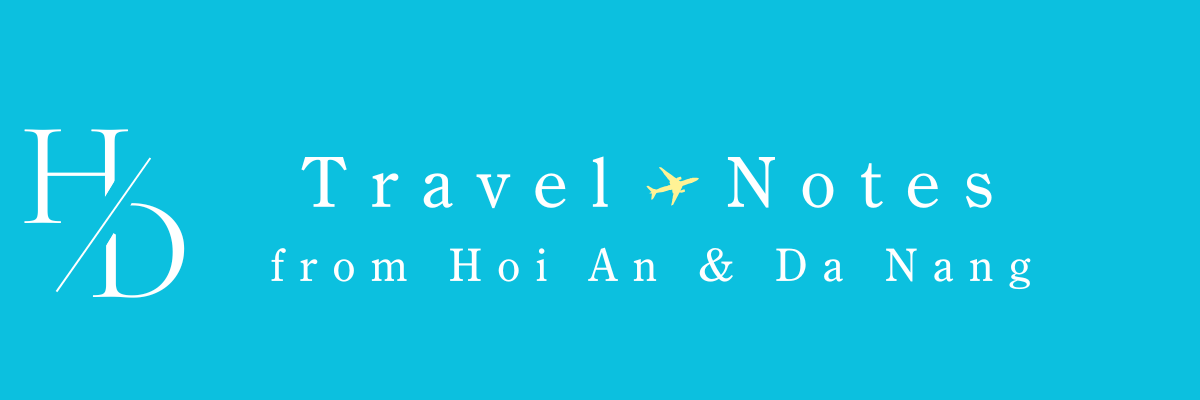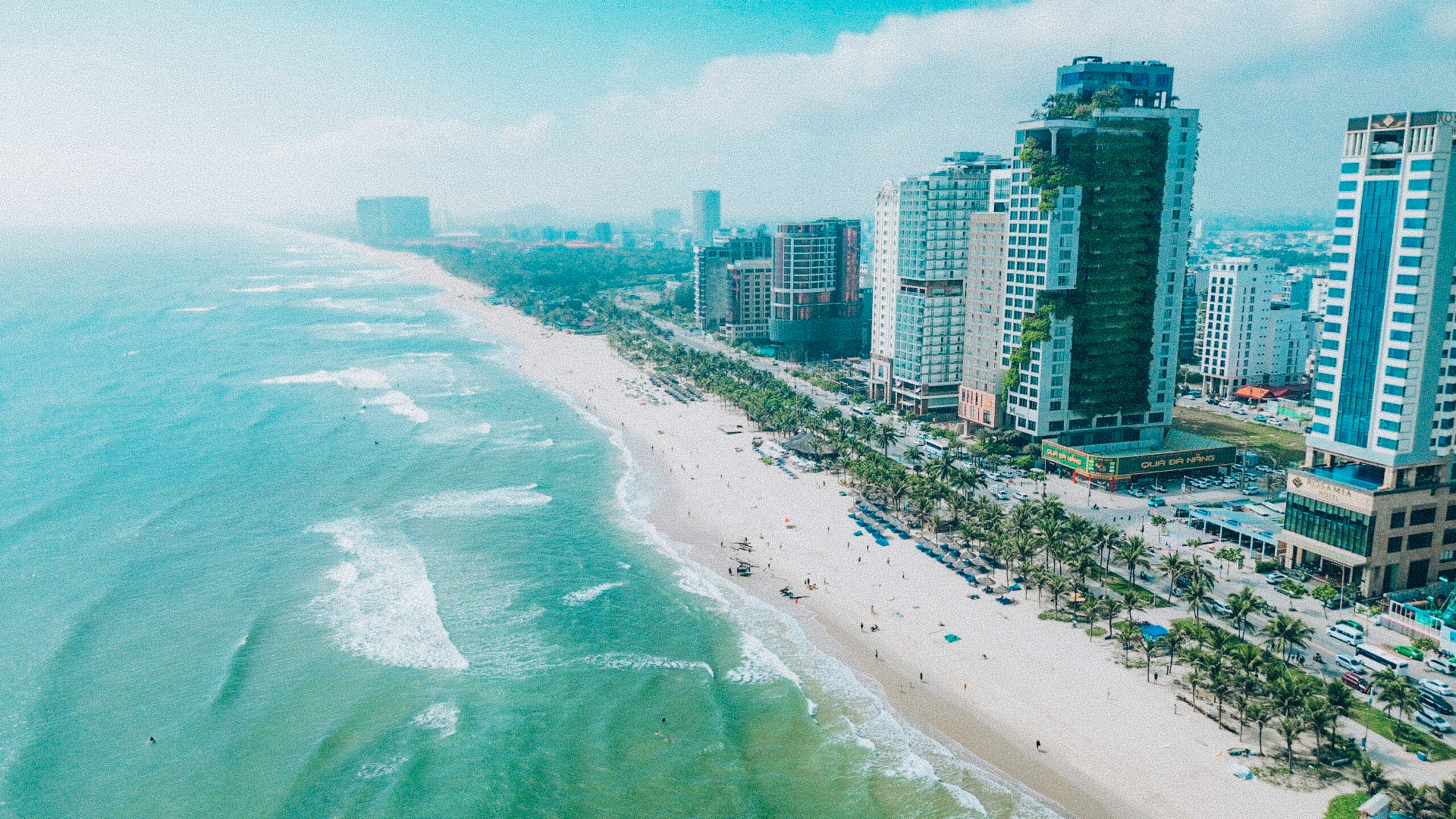Complete Guide to Payments in Vietnam: Cash, Cards & Grab Explained

Hi! I’m Chie from the Hoian-Danang Travel Notebook team.
“Can I use my credit card in Vietnam?”
“How much cash should I bring?”
If you’ve ever wondered these questions while planning your trip to Da Nang or Hoi An — this guide is for you!
Vietnam is still a cash-based society, but credit cards are accepted at major hotels, shopping malls, and upscale restaurants.
In this article, we’ll explain how to manage cash and cards, and how to pay for Grab rides, so you can travel stress-free.
By the end, you’ll know exactly which payment style fits your trip best!
Vietnamese Currency: The Basics of the “Dong (VND)”
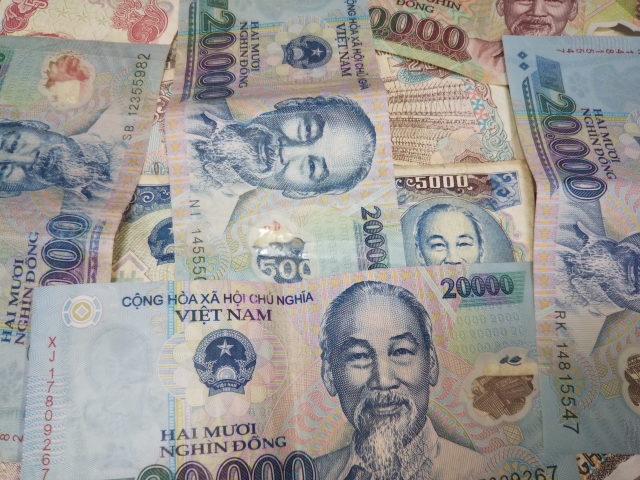
Vietnam’s official currency is the Vietnamese Dong (VND).
Banknotes range from ₫1,000 to ₫500,000 — and because of the large denominations, it can take a little getting used to.
⚠️ Be careful! ₫10,000 and ₫100,000 notes, or ₫20,000 and ₫200,000, look very similar in color.
Always double-check your change before leaving a shop.
Exchange rate (Oct 2025): 1 USD ≈ 26,339 VND
Example: ₫100,000 ≈ 3.8 USD
How Much Cash Should You Bring to Vietnam?

Wondering how much cash you’ll actually need per day?
Here’s a quick guide (based on 2025 prices):
| Item | Average Cost (VND) | Approx. USD |
|---|---|---|
| Local meal | ₫30,000–70,000 | $1.1–2.7 |
| Street food / snack | ₫15,000–40,000 | $0.6–1.5 |
| GrabBike ride | ₫20,000–40,000 | $0.8–1.5 |
| GrabCar (short ride) | ₫80,000–150,000 | $3–5.7 |
| Entrance ticket | ₫50,000–150,000 | $1.9–5.7 |
💡 Recommended daily cash: ₫300,000–500,000 (~$12–19)
Meals are inexpensive, but keep extra cash for souvenirs or mid-range dining.
Where to Exchange Money in Vietnam
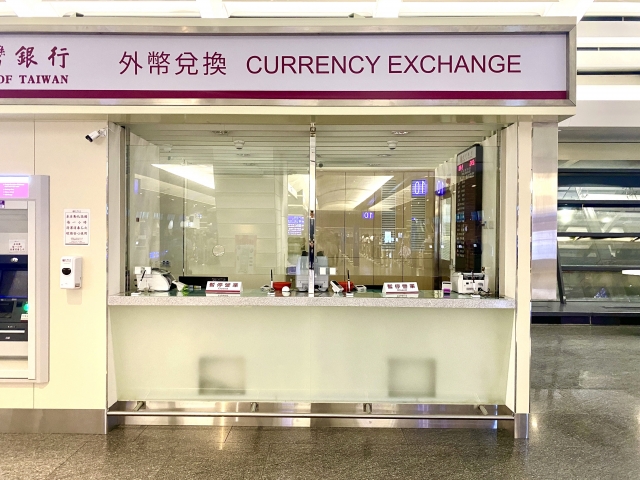
There are three main ways to exchange currency — each with pros and cons.
At the Airport
✅ Convenient right after arrival
⚠️ Rates are less favorable — exchange only small amounts for taxis or snacks
In the City
✅ Better rates, especially at licensed exchange shops in tourist areas
💡 Compare 2–3 shops before exchanging a large amount
At Hotels
✅ Convenient and safe
⚠️ Rates slightly higher — best for small, last-minute exchanges
Recommended Pattern:
Exchange a little at the airport → larger amount in town → use hotel exchange if you run out.
Using Credit Cards in Vietnam
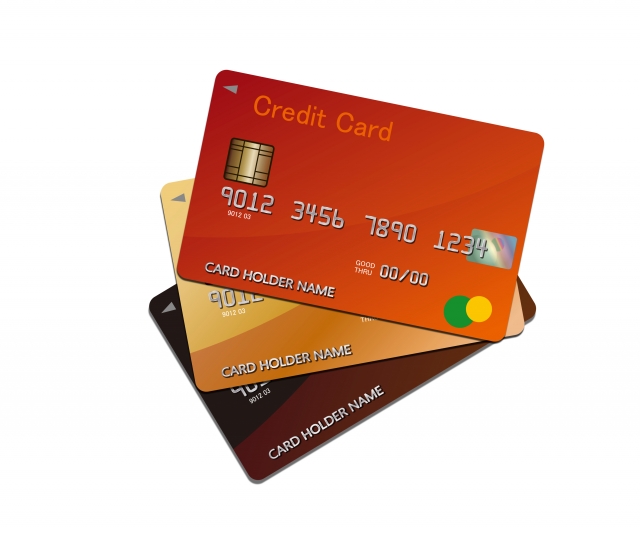
Credit cards are accepted at hotels, upscale restaurants, and shopping malls,
but smaller cafés and local shops often take cash only.
Accepted brands:
✅ VISA / MasterCard → widely accepted
⚠️ JCB / American Express → limited use
Travel Tip:
Carry 2–3 cards (1 for daily use, 1 backup) to avoid issues like card loss or network errors.
Keep a small amount of cash for taxis and local spots.
How to Pay for Grab in Vietnam
Grab is one of Southeast Asia’s largest ride-hailing apps — and essential for traveling in Vietnam.
It’s reliable, affordable, and available in both Da Nang and Hoi An.

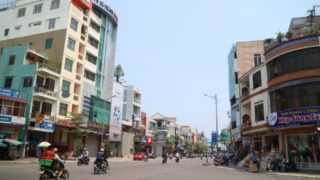
Why Use Grab
- Fare is shown upfront — no need to negotiate
- Enter your destination in English
- Safer and more transparent than street taxis
Payment Options
1. Cash Payment
- Pay your driver directly
- Prepare small bills (₫20,000–₫50,000) — drivers may not have change
2. Credit Card Payment
- Register your card (VISA/MasterCard recommended)
- Automatic payment — no cash handling
- Convenient and secure
Summary: How to Pay in Vietnam
| Category | Recommended Method | Notes |
|---|---|---|
| Daily payments | Cash | Still dominant in local markets & eateries |
| Hotels / restaurants | Credit card | VISA & MasterCard most accepted |
| Currency exchange | City exchange shops | Better rates than airport |
| Grab rides | Credit card (or small cash) | Register your card in the app |
| Daily budget | ₫300,000–500,000 | ~$12–20 for comfort |
💡 Exchange about $70–100 USD worth of VND for your whole trip.
Keep both cash and card on hand — that’s the secret to a smooth, worry-free Vietnam experience. 🌿
- Where You Can Use Them:
High-end hotels, upscale restaurants, and large shopping malls. - Accepted Brands:
VISA and MasterCard are the most widely accepted.
JCB and American Express (Amex) are available at limited locations only. - Note:
Street food vendors and small local eateries usually accept cash only.
How to Pay and Use Grab in Vietnam [Must-Read!]
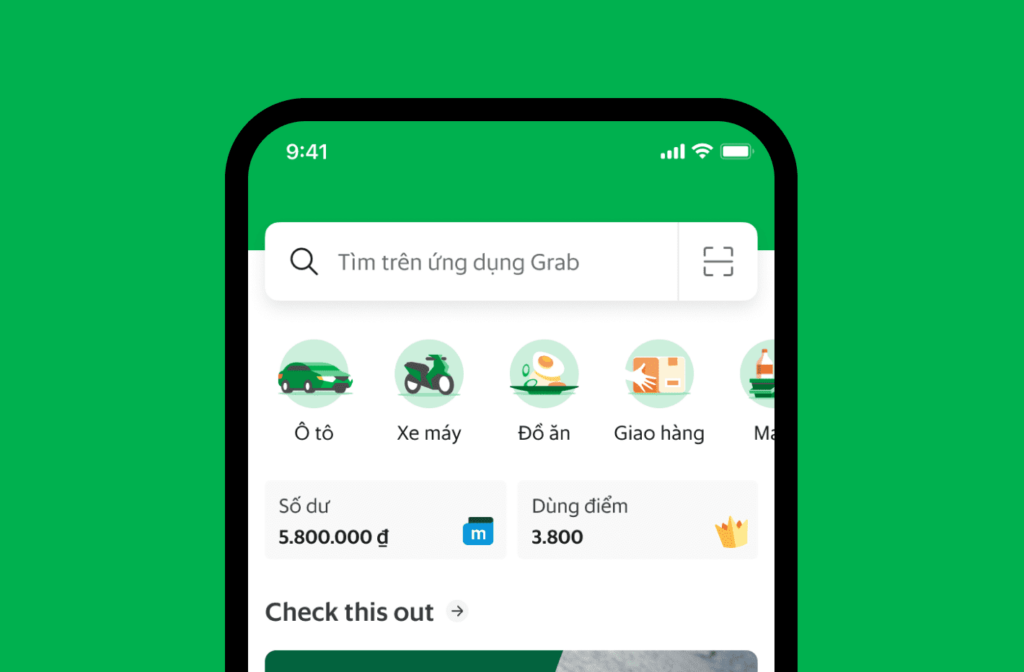
Grab is an essential app for traveling in Vietnam.
As one of the largest ride-hailing services in Southeast Asia, Grab is widely used as an alternative to taxis across the country.
Benefits of Using Grab
- The fare is displayed in advance on the app — no need to worry about being overcharged.
- Simply enter your destination — no need to speak Vietnamese.
- Works in both Da Nang and Hoi An, making it a must-have for travelers.
Two Payment Options
- Cash Payment
- Pay the driver directly after your ride.
- Some drivers may not have small change, so prepare smaller bills if paying in cash.
- Credit Card Payment
- Register your card in the app for automatic cashless payments.
- VISA and MasterCard are widely accepted (JCB is less common).
- No need for small bills — smooth and convenient.
Summary
Here’s a quick recap of what to keep in mind for payments in Vietnam — use this as a reference before your trip!
- Cash is the main payment method in Vietnam (especially at local eateries and for Grab rides).
- Credit cards are accepted at hotels and large restaurants. VISA and MasterCard are the most common.
- For currency exchange, it’s best to exchange a small amount at the airport, then more in the city for better rates.
- Grab supports both cash and card payments — tourists are recommended to register a card in advance.
- Bring around 300,000–500,000 VND per day (about $12–20) in cash for peace of mind.
Use your credit card whenever possible, and reserve cash for small local shops or street vendors.
Exchanging about $70–100 USD worth of VND for the entire trip is usually enough.
Having both card and cash on hand will make your trip stress-free and convenient.
